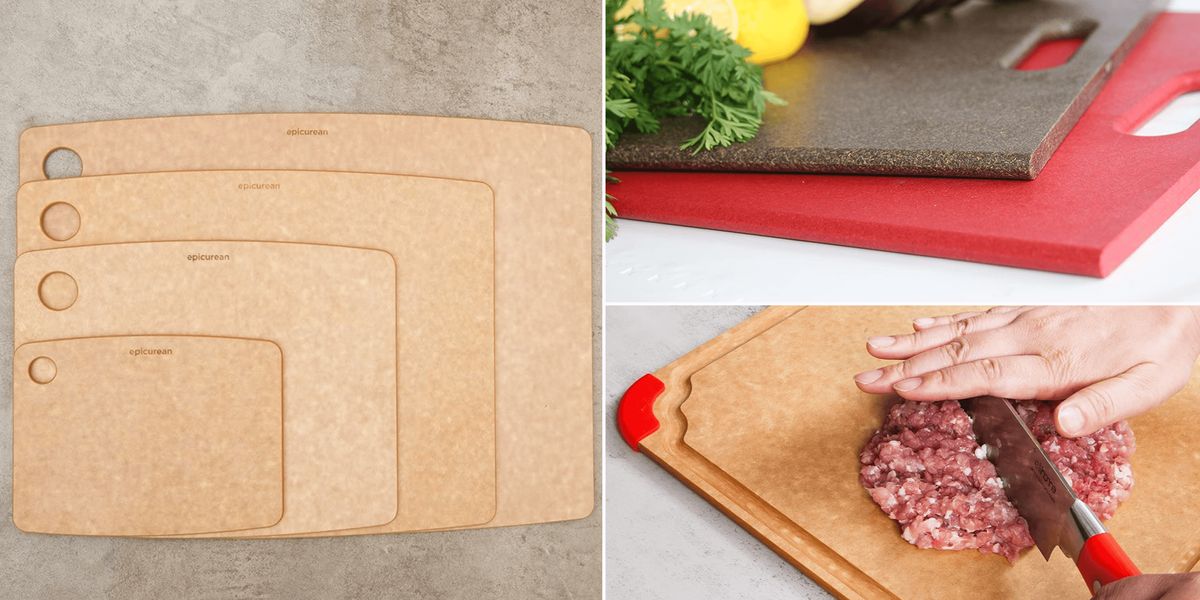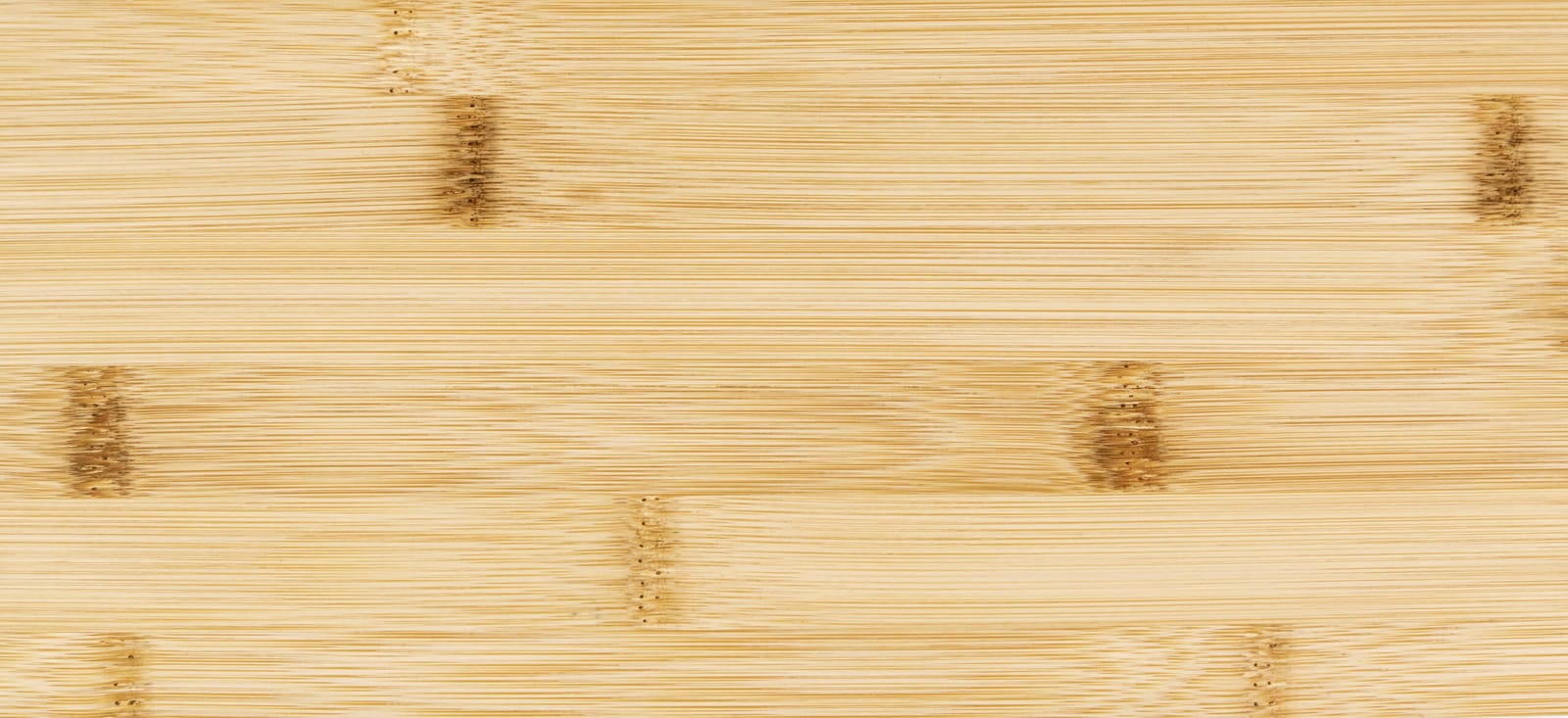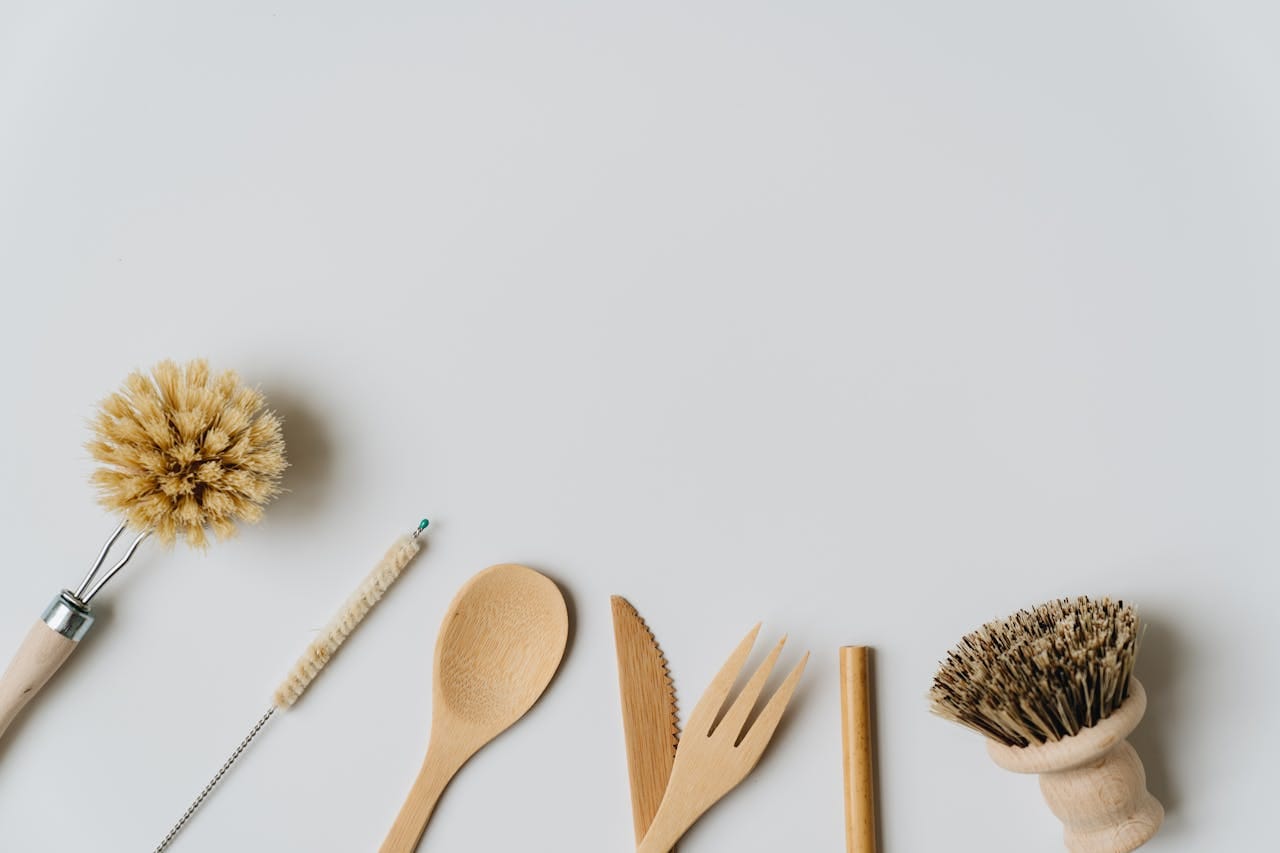Welcome to the ultimate guide to keeping your bamboo cutting board in pristine condition! Bamboo is a fantastic choice for eco-savvy chefs and home cooks alike, but like any good kitchen tool, it needs a bit of TLC. We're going to walk you through the simple steps of cleaning, maintaining, and cherishing your bamboo cutting board. With these tips, your board will be more than just a surface; it'll be a testament to your commitment to both culinary excellence and environmental responsibility.
In This Article
- Daily Cleaning Rituals
- Deep Cleaning Techniques
- The Art of Oiling
- Addressing Cracks and Splinters
- Avoiding Common Mistakes
- When to Replace Your Bamboo Cutting Board
- Tips and Tricks for Bamboo Cutting Board Care
- Busting Common Bamboo Cutting Board Myths
- Frequently Asked Questions
Daily Cleaning Rituals
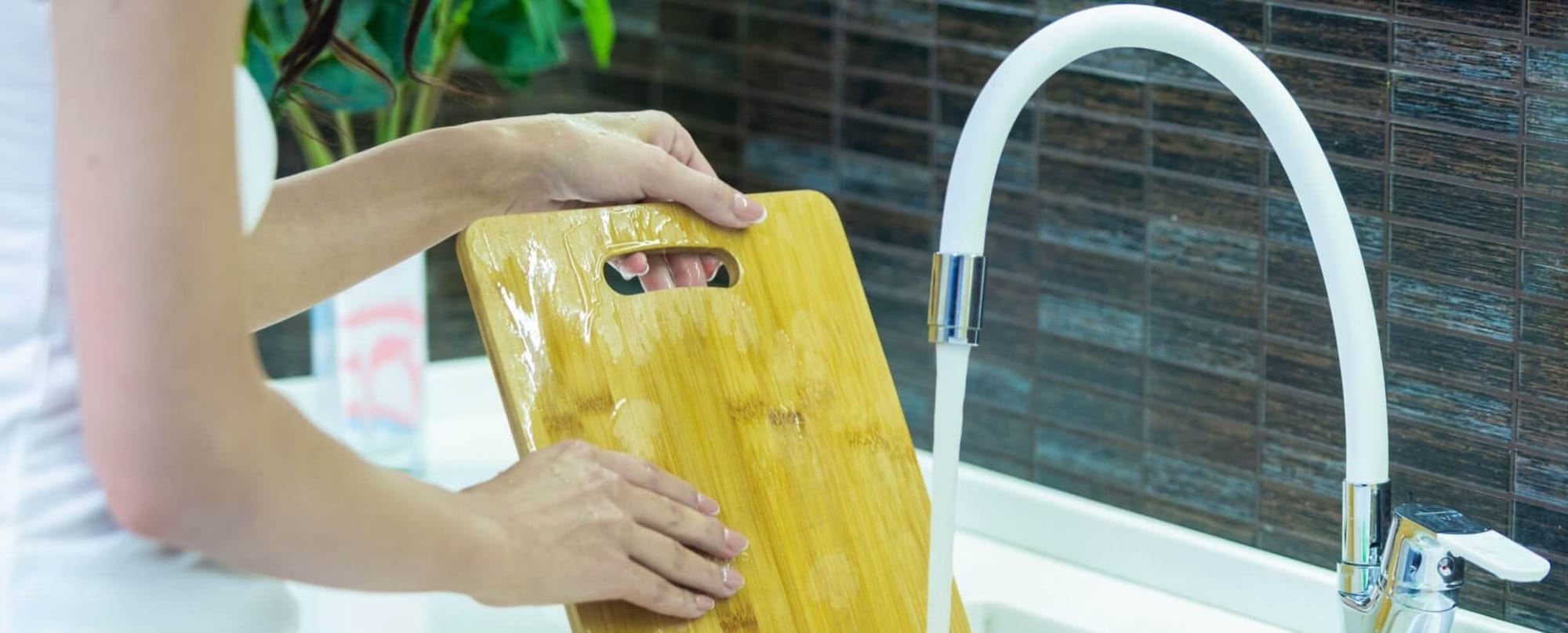
Keeping your bamboo cutting board clean is as easy as pie. After you're done slicing and dicing, just give it a rinse with some warm water and a bit of dish soap. Use a soft sponge – nothing too scratchy – to keep it in tip-top shape. Then, rinse it off and stand it up to dry; laying it flat can lead to water collecting, and nobody wants that. Remember, treat it nice and gentle, and it'll be your kitchen sidekick for a long time.
Deep Cleaning Techniques
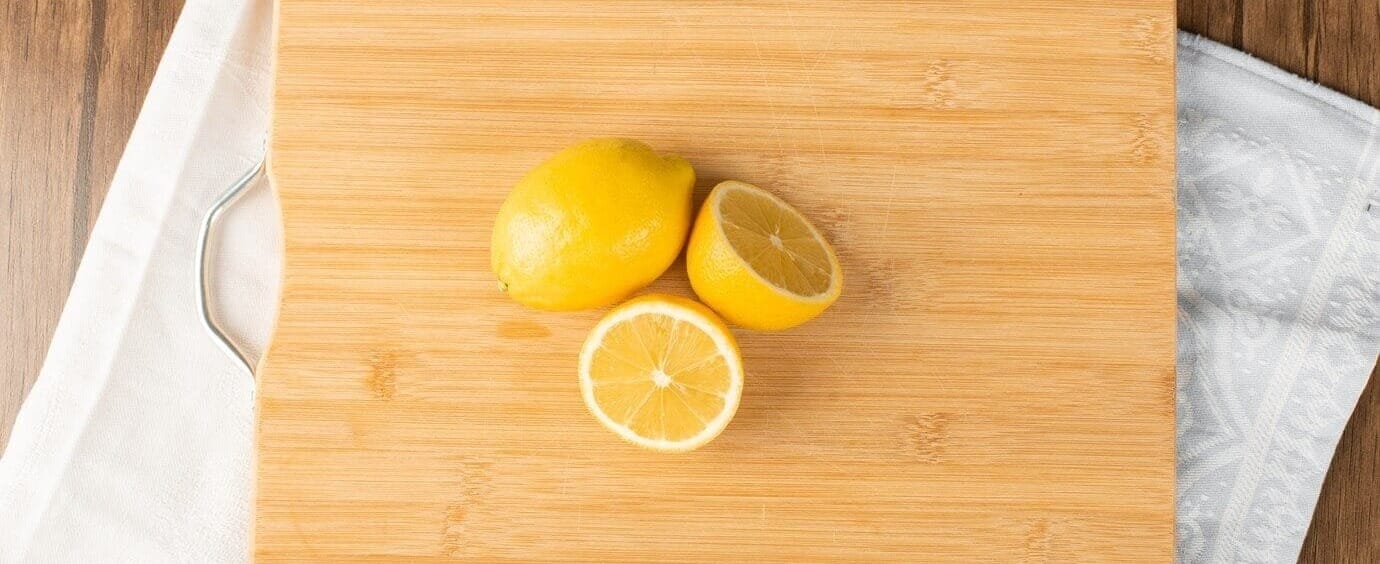
Even bamboo cutting boards can get a little grubby over time. For a deep clean, sprinkle some salt over the surface, then rub half a lemon over it. This dynamic duo will lift stains and kick odors to the curb. If you're dealing with some serious gunk, mix up a paste with baking soda, salt, and water. Spread it on, let it sit for a few minutes, then scrub gently. Rinse it well, and you're all set. This will not only eliminate tough stains and odors but can also help with disinfection. For an extra layer of germ-killing power, you can follow up with a vinegar rinse. Remember, when using vinegar, dilute it with water (a 50/50 mix is a good ratio) to avoid damaging the wood fibers of your bamboo board. Your board will be fresh and ready for your next culinary adventure.
The Art of Oiling
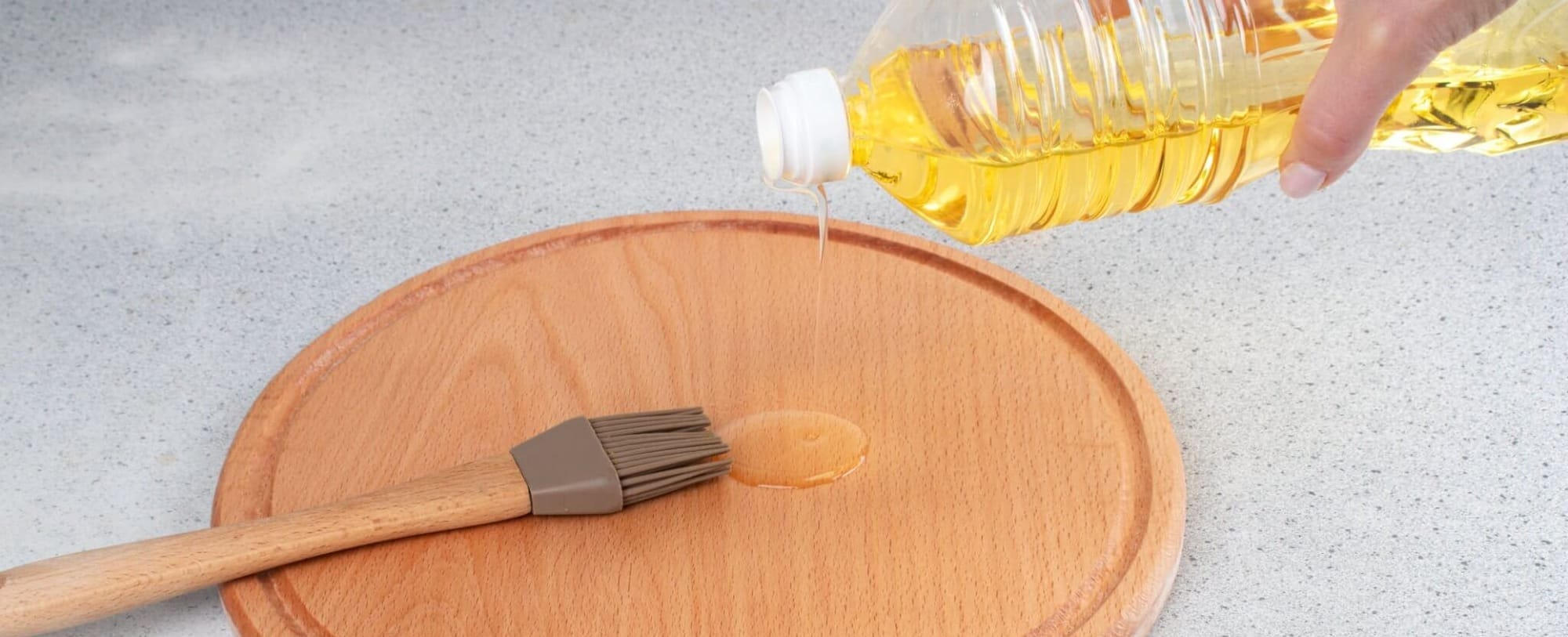
Think of oiling your bamboo cutting board as giving it a drink. It gets thirsty, too! Every month or so, grab some food-grade mineral oil and give it a good rub down. This keeps it from drying out and cracking. Just pour on a bit of oil, spread it with a soft cloth, and let it soak in overnight. In the morning, wipe off any excess, and it'll be like giving your board a new lease on life. This little ritual keeps your bamboo board smooth and snazzy, ready for whatever you throw at it – or on it.
Addressing Cracks and Splinters
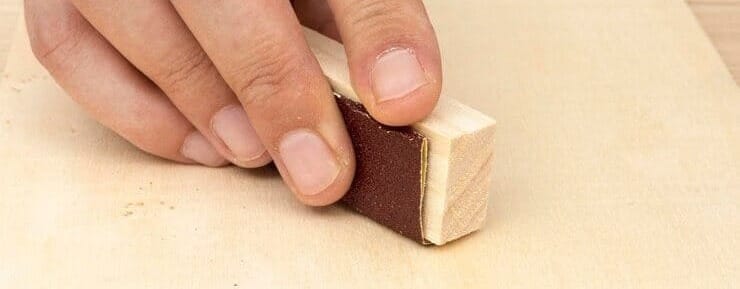
Got a little crack or splinter in your bamboo board? Don't sweat it! With a bit of sandpaper, you can smooth things over in no time. Just rub gently along the grain until the surface feels baby-bottom smooth again. After sanding, give it some love with mineral oil to seal the deal. Keep an eye on those cracks, though. If they start looking like the Grand Canyon, it might be time for a new chopping partner.
Avoiding Common Mistakes
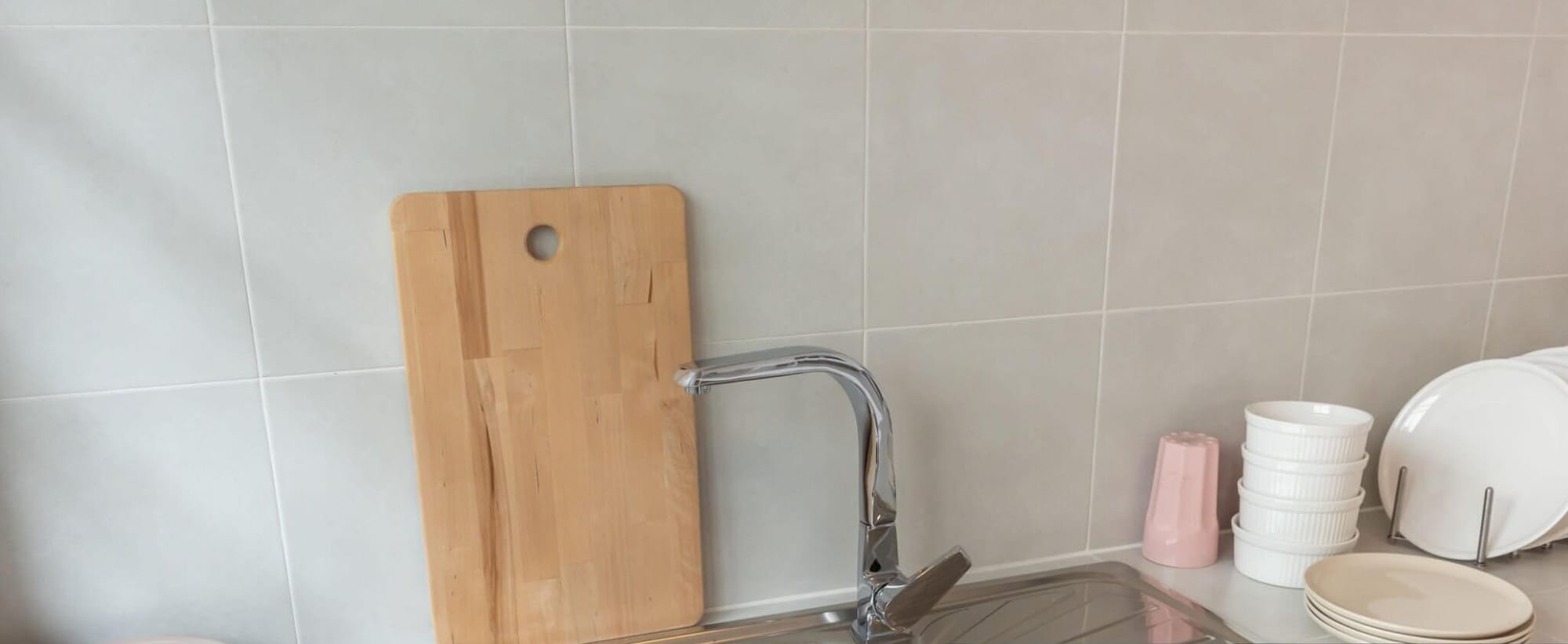
To keep your bamboo buddy in good shape, remember these tips: No soaking in water or zapping in the microwave. Don't even think about the dishwasher – it's not a bamboo spa day! Instead, after a quick wash, let it sunbathe upright to dry off. And find it a nice spot away from heat and moisture when storing. Treat it right, and it'll stick around for the long haul.
When to Replace Your Bamboo Cutting Board
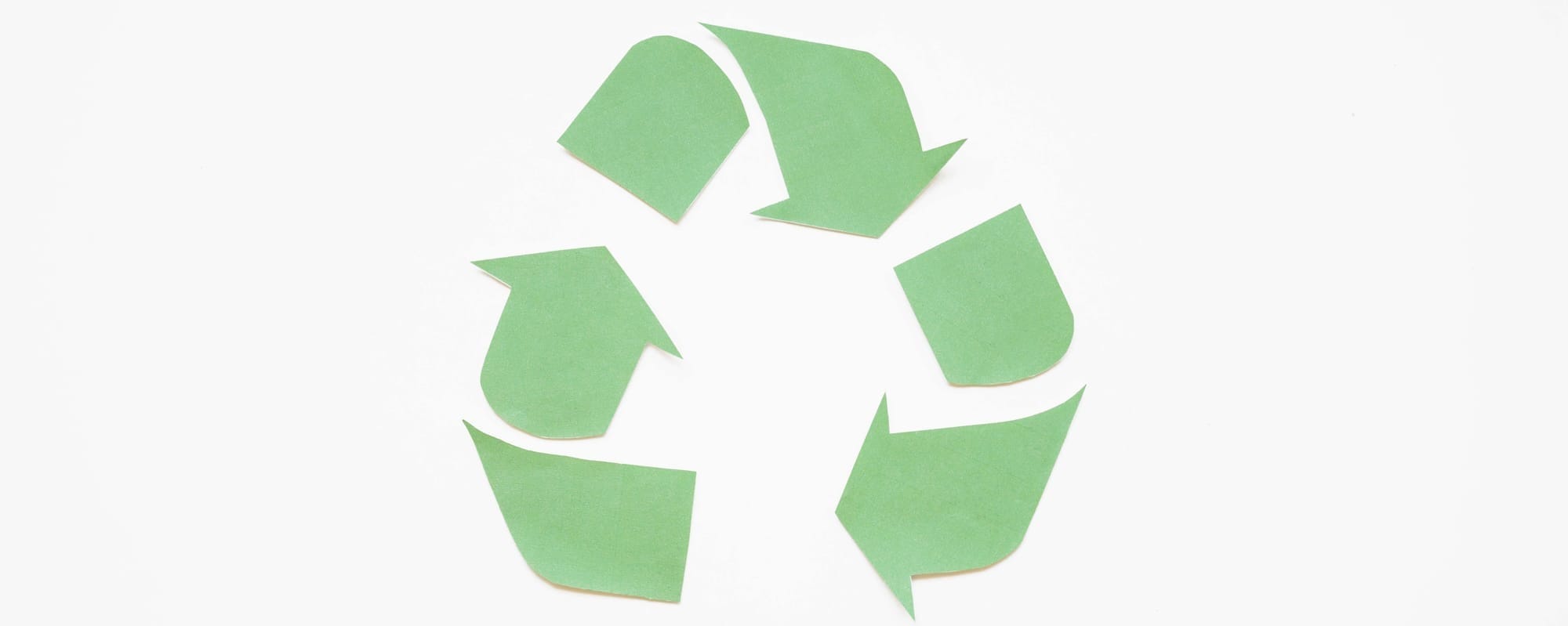
When your board starts looking like a well-loved teddy bear, it's time to say goodbye. Deep grooves, stubborn stains, or a funky smell that won't quit are all tell-tale signs. When it's time to part ways, don't just toss it in the trash. Get crafty and repurpose it into a cool kitchen shelf or a plant stand. If you're not into DIY, hit up your local recycling center for a greener farewell.
Tips and Tricks for Bamboo Cutting Board Care
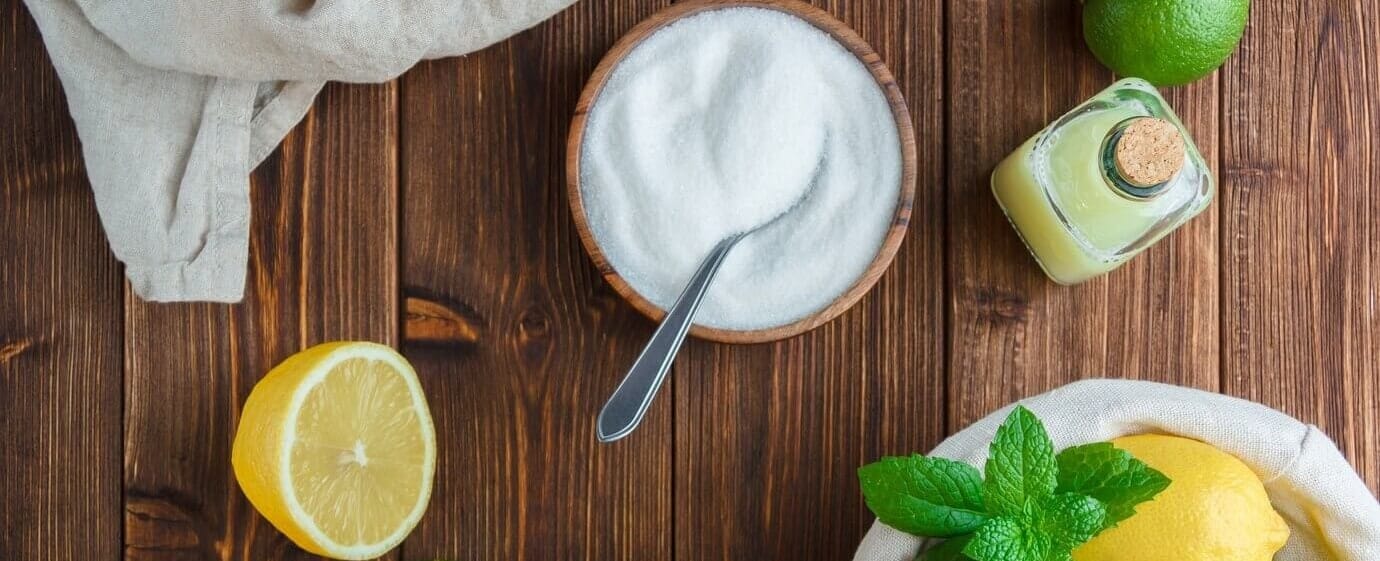
Expert Tip: Revive a dull board by rubbing a mixture of lemon juice and baking soda into the surface, then rinse and oil.
Trick of the Trade: Store your bamboo cutting board on its side to ensure even air circulation and prevent warping.
Chef's Secret: Use beeswax in combination with oil for an extra layer of protection and a beautiful sheen.
Common Bamboo Cutting Board Myths
Myth 1: "Bamboo boards are indestructible."
While they are durable, they still require proper care to maintain their integrity.
Myth 2: "All oils are good for your bamboo board."
In fact, vegetable-based oils can go rancid. Stick to mineral oil or beeswax blends designed for cutting boards.
Myth 3: "Bamboo boards can't handle heavy chopping."
Bamboo is tough but using a butcher block for heavy-duty chopping can extend the life of your bamboo board.
Frequently Asked Questions
How often should I oil my bamboo cutting board?
Give it a spa treatment with mineral oil once a month to keep it from drying out.
Can I cut raw meat on my bamboo cutting board?
Absolutely, but make sure to clean and disinfect it afterward to avoid cross-contamination.
Is it okay to leave my bamboo cutting board to dry in the sun?
A little sun is fine for drying, but don't leave it out for too long as excessive heat can cause warping.
What should I do if my bamboo cutting board starts to warp?
If it's a minor warp, you can try to flatten it by oiling it and pressing it with a heavy object. If the warping is severe, it might be time for a new one.
Can I fix deep cuts on my bamboo cutting board?
Sanding can help reduce the appearance of deep cuts, but if they're too deep, it could be time to consider replacing your board for hygiene reasons.
You Might Be Interested: For more information on safe food handling practices related to cutting boards, check out this resource from the USDA Food Safety and Inspection Service.
